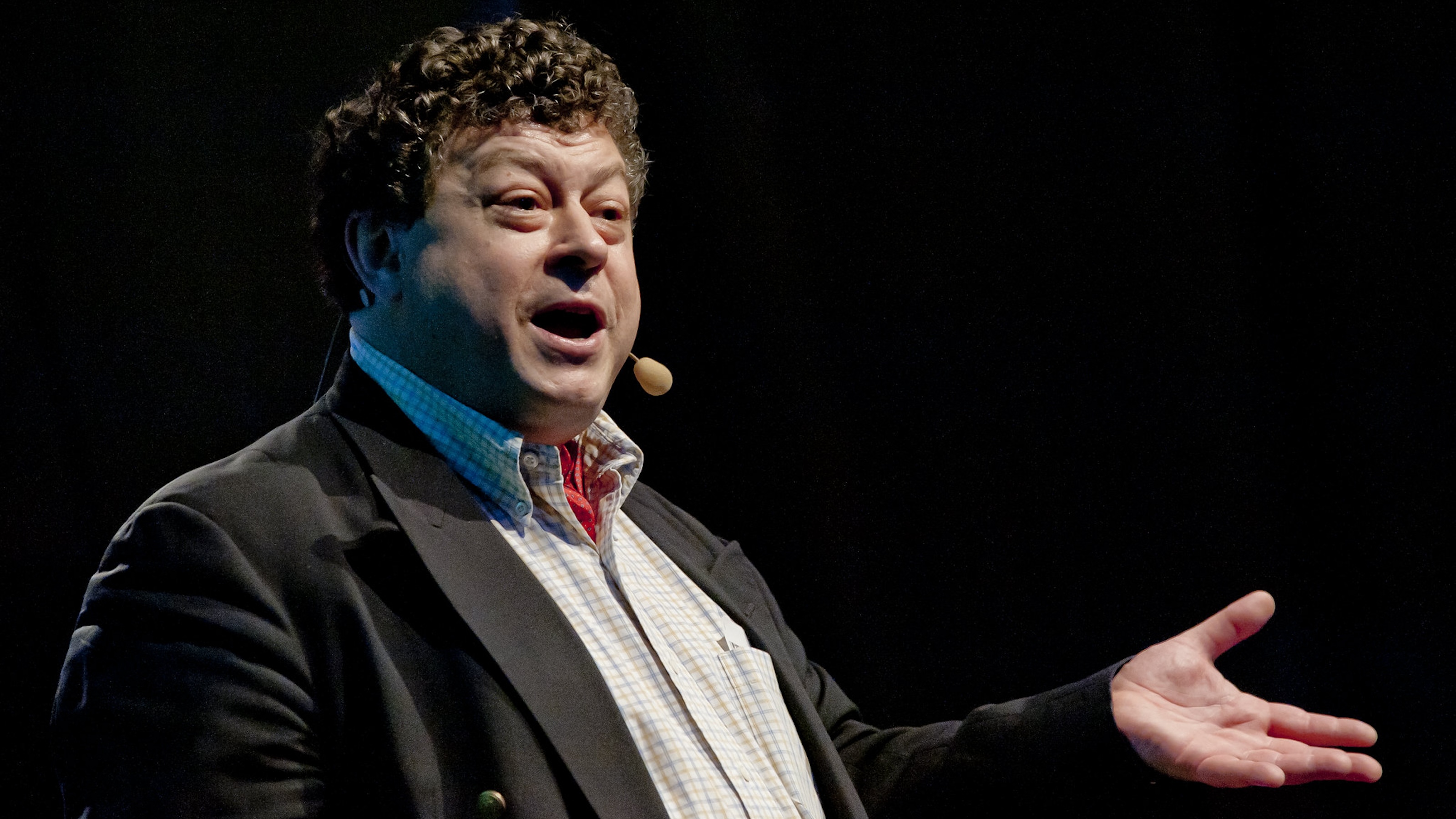Cancer Deaths Hit Lowest Point in 25 Years, But the News isn’t All Good

A new study published last week by the American Cancer Society offers both good news and bad news.
First, the good: Fewer people are dying of cancer than at any time in the past 25 years. This is mostly attributable to the fact that 1991 was a major turning point for preventative medicine, especially in the realm of early screening for prostate and colon cancers, which are treatable if caught early. Changes in personal health care have also contributed to the shift; it’s unsurprising that lung cancer rates have fallen as fewer Americans elect to smoke cigarettes. Based on the most recently available data (from four years ago), the cancer death rate has “dropped by 23 percent since 1991, translating to more than 1.7 million deaths averted through 2012.”
Now, the bad news: Not all forms of cancer are equal, and there are plenty as deadly as they were a quarter-century ago. Mortal cases of thyroid, ovarian, pancreatic, liver, and breast cancers — to name merely a few — are on the rise. There are multiple reasons for this. First, medical researchers have improved how we manage other health conditions, such as heart disease, thus offering more hosts and opportunities for cancer to arise. Second, cancers such as those affecting the thyroid tend to be overdiagnosed, which can lead to expensive, painful, and sometimes fatal treatment. Other possible catalysts for the spike in these types of cancer have been considered, but the increase is still a mystery.
Overall, advances in cancer treatment and prevention can be determined to have saved millions of lives over the past quarter-century. Over that same span of time, cancer has become the leading cause of death for much of America’s population, due partly to more rapid advancements in the fight against other diseases. Perhaps most unsettling: We’re not making enough progress in how we treat the most dangerous forms of cancer, which are occurring and killing at a higher frequency than before. The conclusion: We’re getting better at this whole cancer thing, but not better enough.
Photo credit: CristinaMuraca / Shutterstock
(Source: PopSci)
**
Robert Montenegro is a writer and dramaturg who regularly contributes to Big Think and Crooked Scoreboard. He lives in Washington DC and is a graduate of Loyola Marymount University in Los Angeles.
Twitter: @Monteneggroll. Website: robertmontenegro.com.





